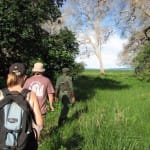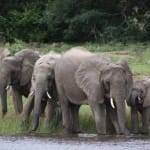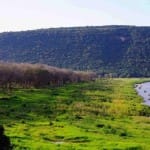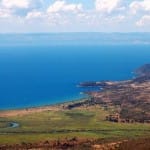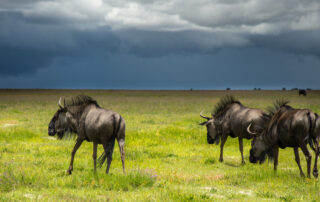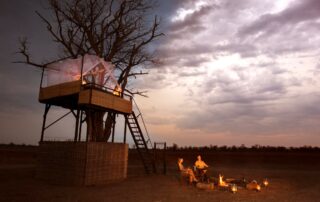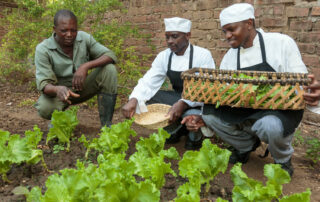NSUMBU NATIONAL PARK
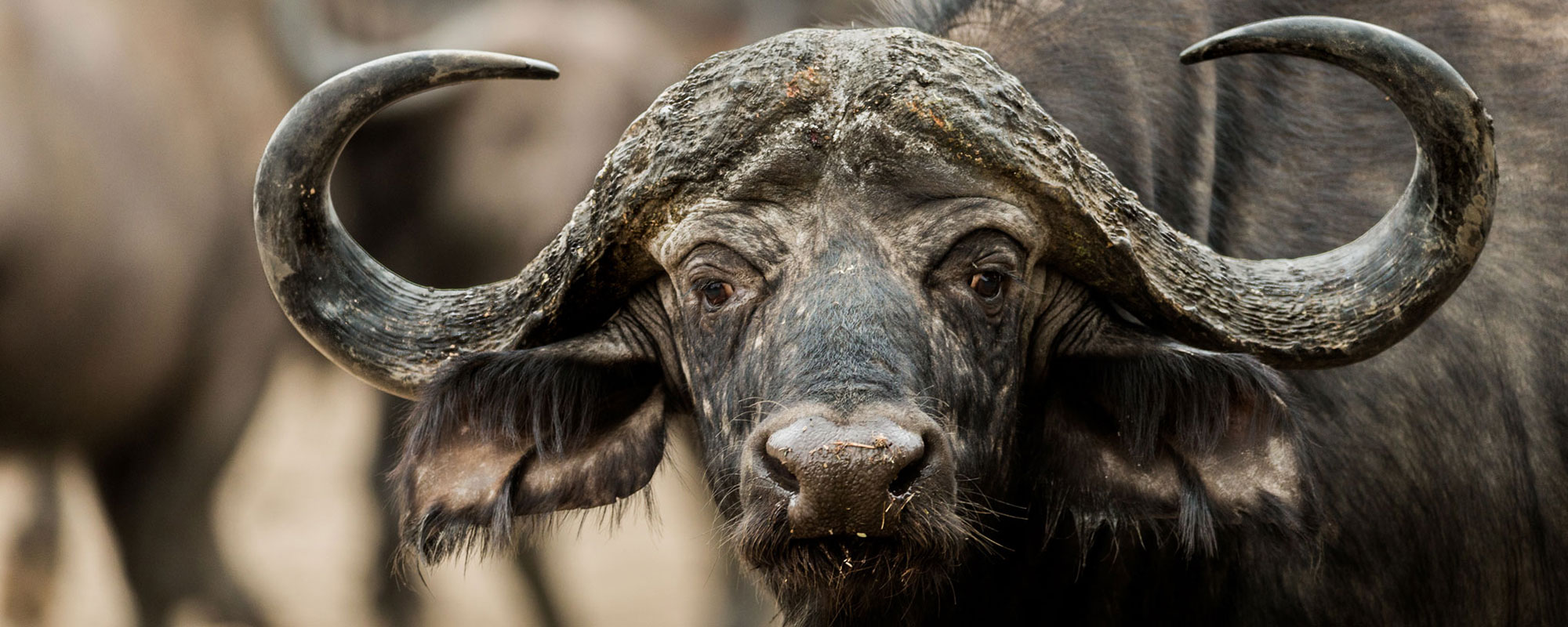
Lying on the southern shores of Lake Tanganyika in the northernmost tip of Zambia, Nsumbu National Park covers an area of just over 2 000km² / 1 255mi². It includes 100km / 62mi of some of the most pristine shores of this vast lake. Its beauty ranges from sandy beaches, vertical cliffs, rocky coves and natural bays to the rugged hills and deep valleys of the interior. The Lufubu River winds its way through the park and pours into Lake Tanganyika.
The western boundary of Nsumbu National Park, or Sumbu as it is called locally, is buffered by the Tondwa Game Management Area. The much larger Kaputa Game Management Area is also contiguous with the national park to the north-west and south-west, and therefore the National Park completely surrounds Tondwa.
Nsumbu is dissected from west to east by the sizable and perennial Lufubu, which also demarcates the eastern boundary of the park up to the river’s discharge into Tanganyika. The Nkamba and Chisala Rivers are ephemeral and smaller than the Lufubu, draining Tondwa Swamp into Nkamba and Sumbu Bays respectively, the former through an attractive valley with abundant wildlife. Much of the park is covered by combretum thicket but along the lakeshore there are many strangler figs and candelabra trees along with the strange and interesting boulders balanced on top of one another.
MORE INFORMATION
- Area: 2 020 km² / 1 255mi²
- Province: Northern Zambia
- Co-ordinates: 8.7500° S, 30.4167° E
During the rains, from November to April, the lake is at its most beautiful and this is the most popular time to visit the park for angling. Despite being this far north, most rain falls in big but short thunderstorms in the late afternoon or early morning with lots of sunshine in between. The landscapes during the wet season are fantastic with lots of perennial waterfalls visible from the lake. A large number of migrant birds visit during the wet season and the dense vegetation looks like the whole park is covered in rainforest. The terrestrial part is extremely inaccessible from December to April due to flooding and tall grass. For landlubbers the best times are certainly after June in the driest season but before December, allowing you to get to some of the most amazing sites in the area, like the upper Lufubu waterfalls, Kampasa rainforest and Tondwa Swamp. There also tends to be a higher density of wildlife along the lakeshore in the dry season.
Access to Nsumbu National Park is by road via Mansa or Kasama to Sumbu and the park gate (1 363km / 847mi and 1 188km / 738mi respectively from Lusaka).
By air, you fly from Lusaka into Kasaba Bay Airport by charter flight and are then transferred by boat to your accommodation. This is by far the quickest, easiest and most direct option.
There is a wide range of species present in Nsumbu and numbers are recovering. Roan, sable, eland, hartebeest as well as buffalo and zebra and occasionally elephant, lion and leopard can be seen. Bushbuck, warthog and puku often frequent the beaches. The rare blue duiker, a small forest antelope, is one of the park’s specialities, along with the shy, swamp-dwelling sitatunga. Other species seen here are the spotted hyena, side-striped jackal, serval, impala, waterbuck and reedbuck. The lake is teeming with crocodiles, so swimming is not advisable. They can reach up to six metres / 20 feet in length. Hippos often emerge at night to ‘mow’ the grass.
Birdlife in the park is prolific with many summer migrants coming down from East Africa and up from Southern African regions. The flamingo is one of the more spectacular migrants. Some of the lakeshore inhabitants include the skimmer, spoonbill and whiskered tern along with many different storks, ducks and herons. Commonly encountered species around the lake include the grey-headed gull, lesser black-backed gull, white-winged black tern and, of course, the ubiquitous African fish eagle. The palm-nut vulture and Pel’s fishing owl are also occasionally seen.
The Balancing Boulders are shrouded in myth and are of great significance to the Tabwa (also known as Taabwa or Rungu) people. On the Nundo Head Peninsula (Cape Nundo), a large boulder balances on three smaller ones and is the scene of annual ceremonies in which a white chicken is sacrificed to honour the god, Nundo. Further east at Kabwembwa, just outside the park, there is a sacred place where the Spirit of the Lake resides. Local fishermen throw offerings into the water here whenever they pass as a sign of respect. Nsumbu is famous for its excellent angling off the shoreline and some of the better catches are the large Nile perch, goliath tigerfish, catfish (vundu), lake salmon and the tasty yellow belly (nkupi). Occasionally the much sought-after golden perch is caught. The Tanganyika Angling Challenge (formerly the Zambian National Fishing Competition) takes place here every year around February or March and is the scene for some world records.
LATEST NEWS
Liuwa Plain Opens Early
Drier than usual conditions owing to less summer rain have one positive consequence: Liuwa Plain National Park has opened on 1 March 2024 rather than closer to autumn as is more usual. Situated to the far west of the country [...]
Starbed Options for High’s Season Clear Nights
More and more starbeds are being built at camps across Zambia as owners and operators respond to the enthusiastic feedback of guests who love sleeping under the Milky Way on a warm evening. Previously reserved for premium camps or honeymoon [...]
Fair Trade Accreditation Plus Villa Expansion for Flatdogs
Flatdogs Camp in South Luangwa has started 2024 on a high with official Fair Trade Tourism Certification. This means that owner Jessica Salmon and her team have proven a dedication to ‘fair wages and working conditions, fair purchasing and operations, [...]

